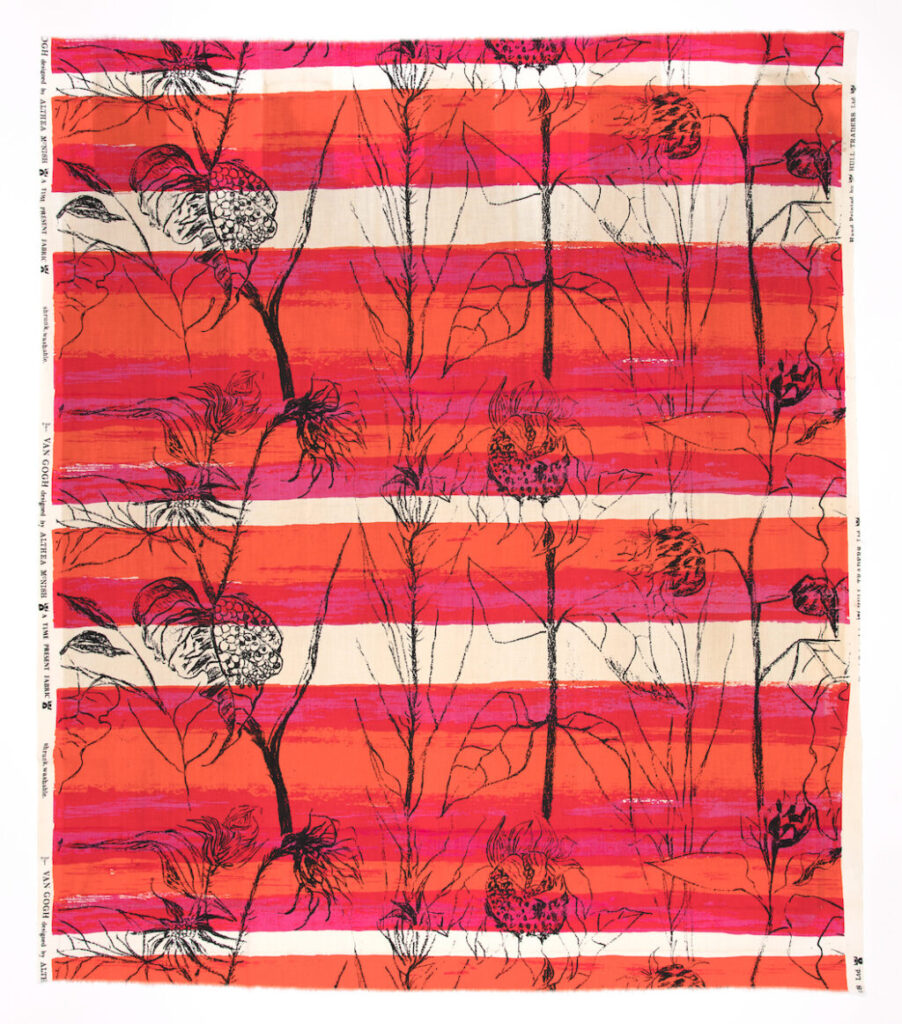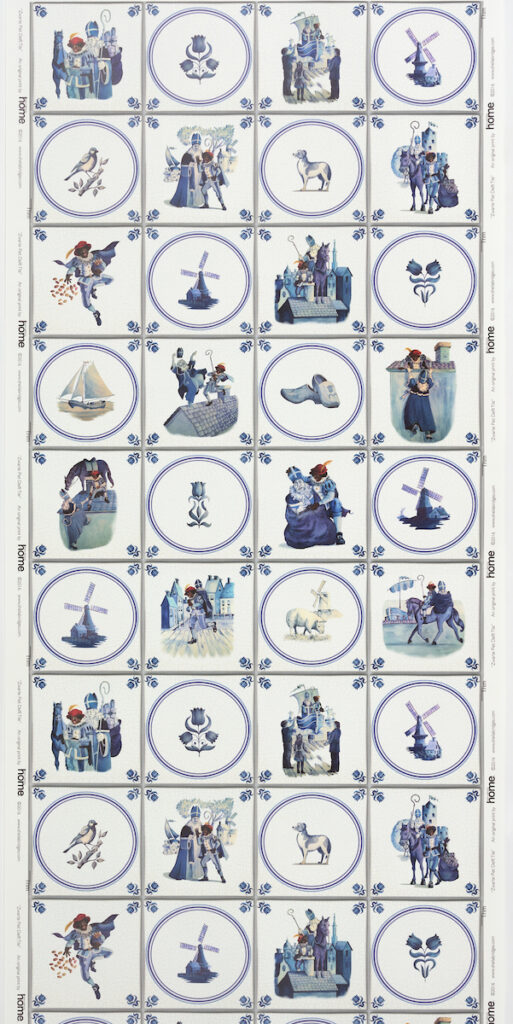
Sculptura Telephone from the Design Line Series, ca. 1974; Designed by Donald M. Genaro (American, born 1932), Office of Henry Dreyfuss Associates.
What does it mean to be a design museum today? Acquired! Shaping the National Design Collection highlights how Cooper Hewitt acquires new work to shape the collection to better reflect current issues and design’s evolving role in daily interactions. The exhibition features more than 150 works, including objects that represent the museum’s collecting legacy, as well as works brought into the collection since 2017.
The national design collection, which has been part of the Smithsonian since 1967, is a living one that continues to grow and change as new works and ideas that define our times are added. What design meant in the late 19th century when Cooper Hewitt’s collection was started is not what design means now. Once rooted in aspirational decorative arts ideals, the criteria for acquisition are now more expansive and aim to better represent previously unexplored areas. As a result, the collection showcases aesthetic values and mastery of technique, but also speaks to the importance of socially responsible practices, racial and social justice, and the impact of the digital era and the climate crisis in our lives.
Currently, the collection of over 215,000 objects spans more than 30 centuries across cultures from all over the globe. The entirety of the collection, its offerings interwoven together, tells nuanced stories about who we are that both embrace and confront the past and help inform our possible futures.
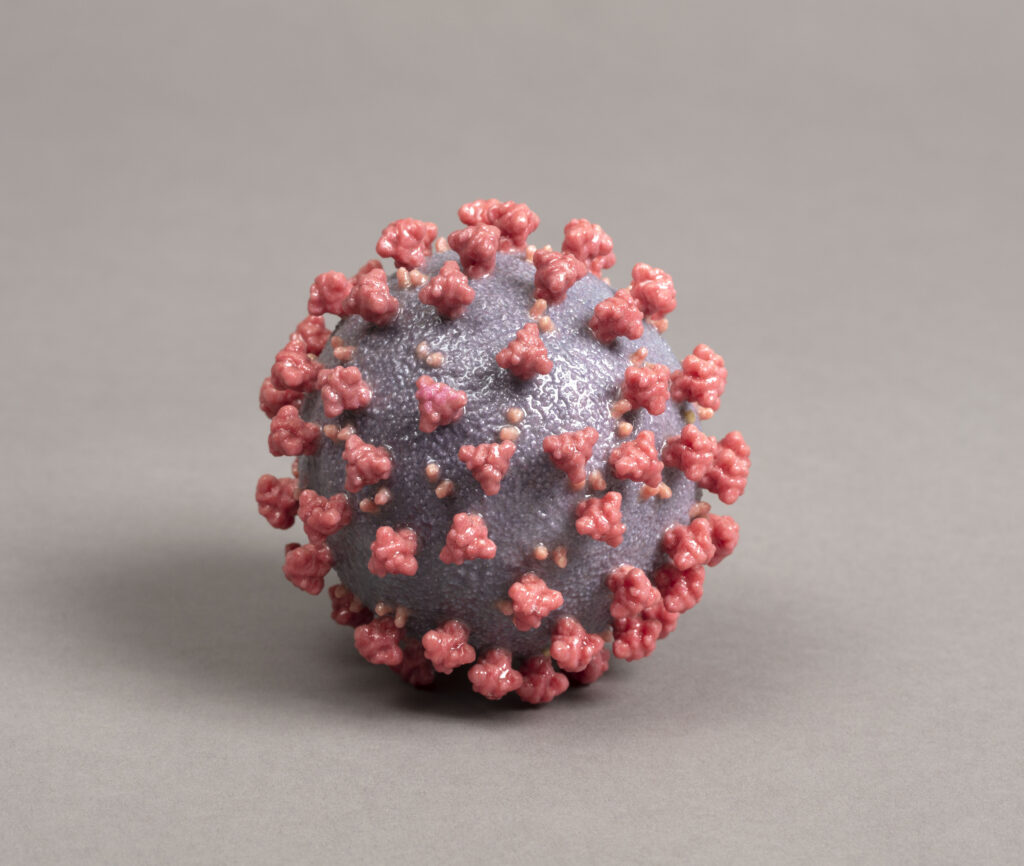
Model of the Covid-19 Coronavirus, 2020; Designed by Alissa Eckert (American, born 1980) and Dan Higgins (American, born 1969) for Centers for Disease Control and Prevention (CDC) (Atlanta, Georgia, USA); 3D-printed nylon; Courtesy of the Centers for Disease Control and Prevention.
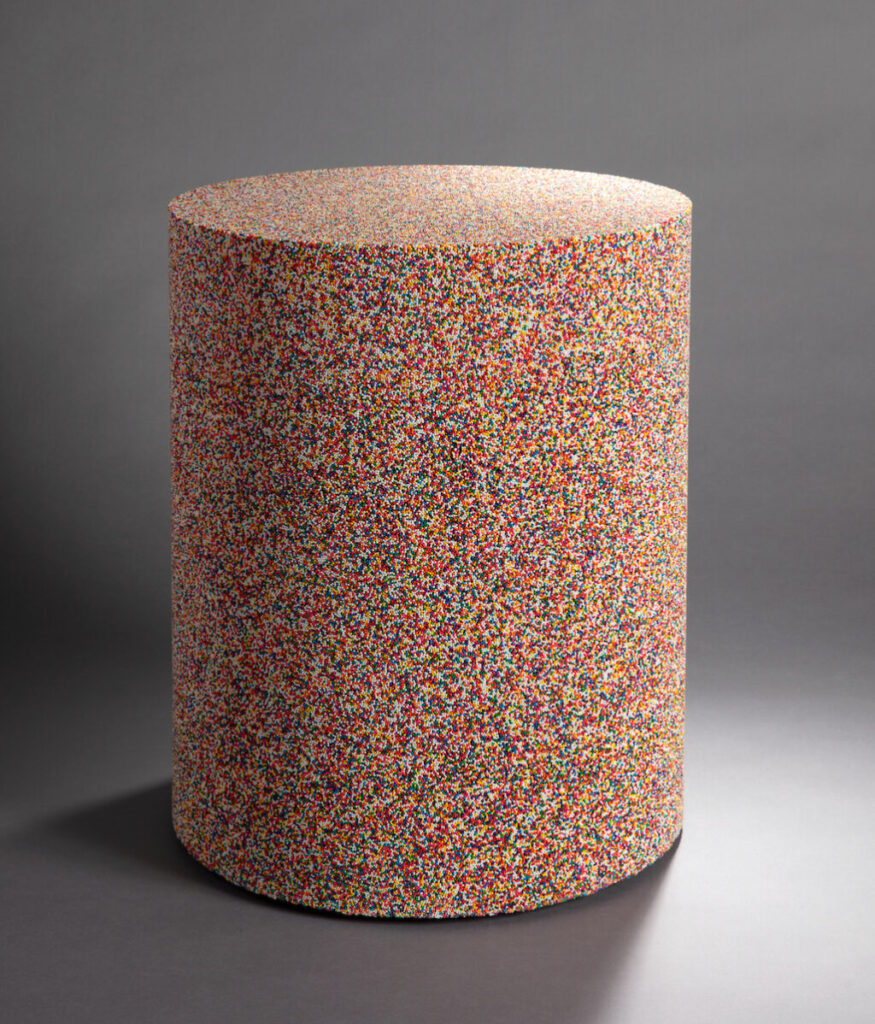

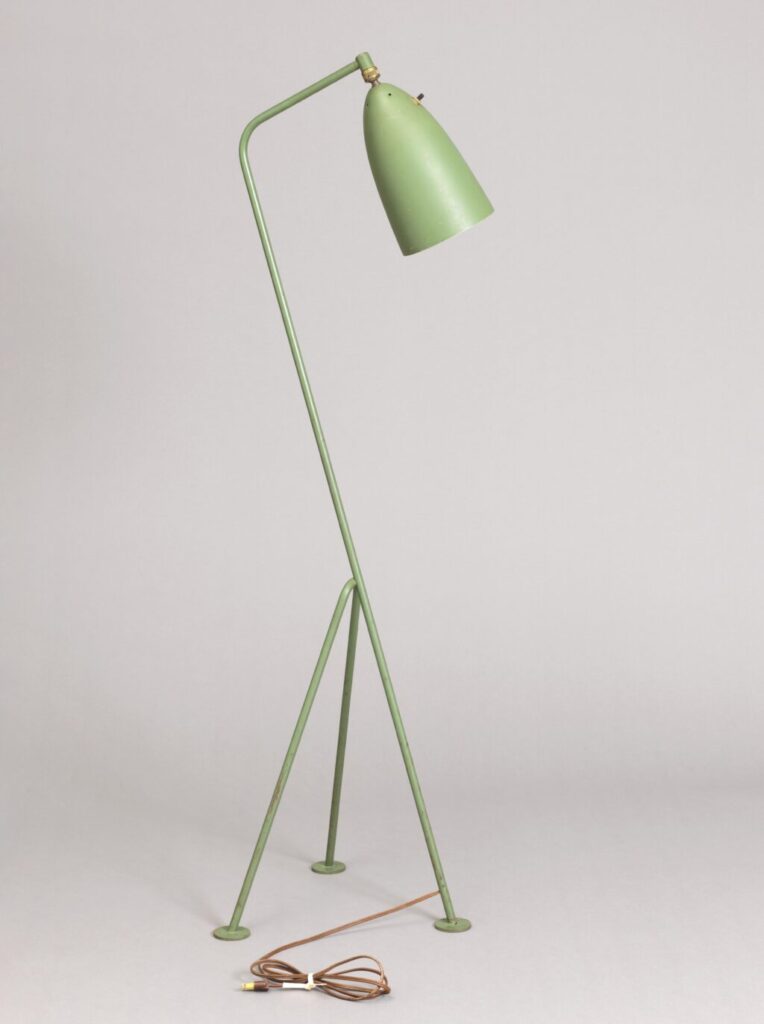
Floor Lamp, circa 1947; Designed by Greta Magnusson Grossman (American, born Sweden, 1906–1999); Manufactured by Ralph O. Smith Co. (Burbank, California, USA); Steel, aluminum, paint.



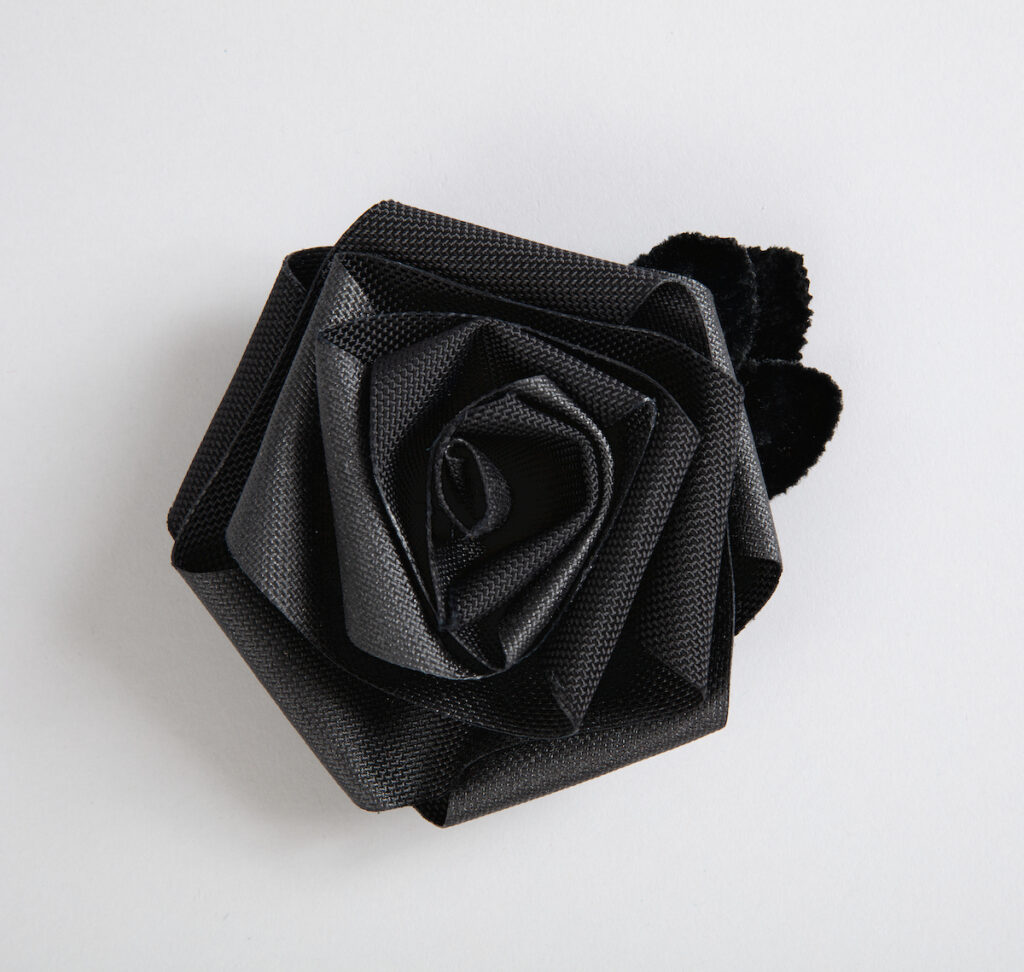
Ballistic Rose Brooch, 2004; Produced in New York, New York, USA; Designed by Tobias Wong, (Canadian, 1974–2010); Collaborator: CITIZEN:Citizen
Ballistic nylon (Kevlar®), velvet, platinum.
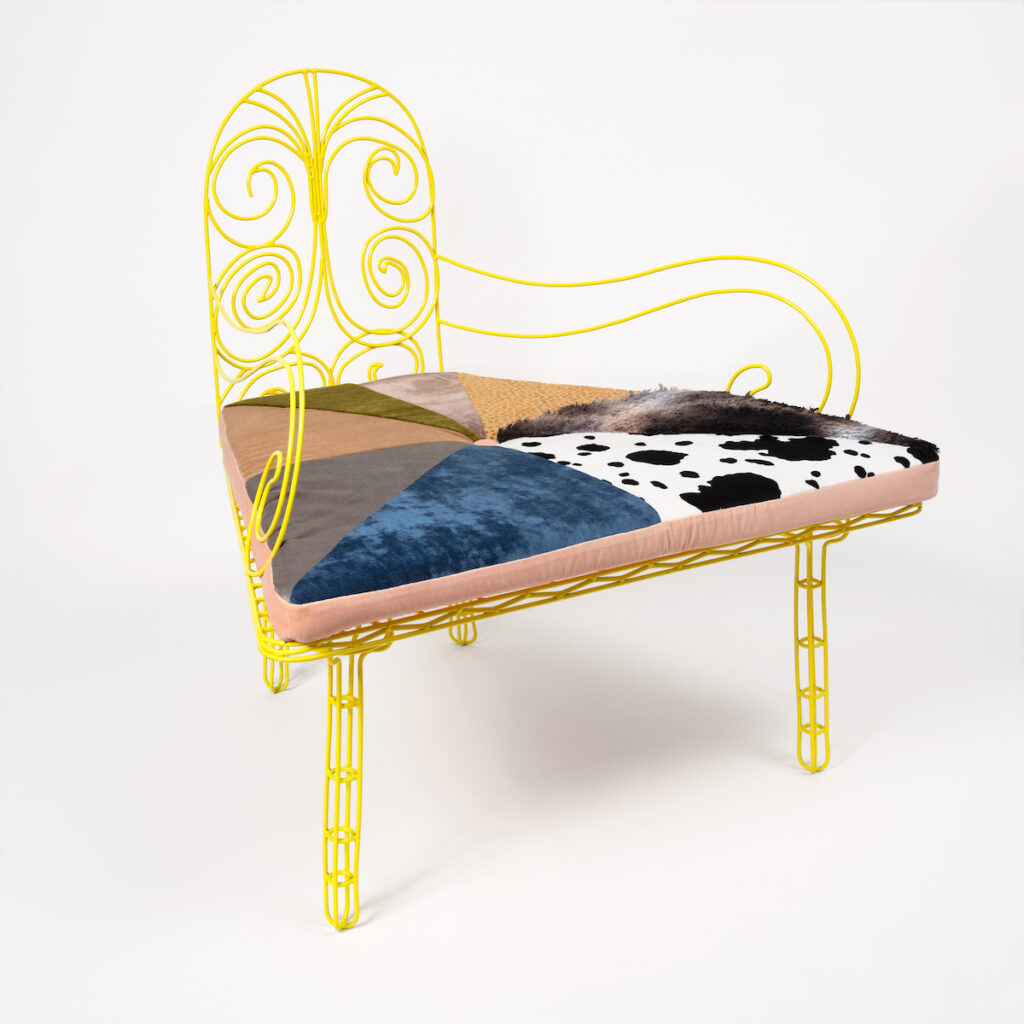
Wide Base Lounge #3 (Yellow) for “Sounding Board”, 2021; New York, New York, USA; Designed by Tschabalala Self (American, born 1990)
Fabrics hand-dyed by Montgomery Harris, Isa Rodrigues (Portuguese, born 1985); Powder-coated steel; custom fabric, Dacron.
